3.8K Views
Falling Leaves, Feeding Koi, and Other Pond Tips

by
Deck and Patio Company "Outdoor Living Experts"
(IC: professional)
“If you want to greatly diminish spring pond maintenance,” says Bill Renter, Deck and Patio’s Outdoor Living Expert, “now is the time to take a few steps to prevent too much debris from accumulating before winter sets in.”
Leaves are beautiful when they change, and pretty as they move down a stream, but, if they end up in your pond, they can turn into undesirable debris.
Ideally, put your net in place before leaves begin falling. Then, simply pull it out when they’ve all dropped. You can tent the net so it doesn’t sag into the pond when it gets weighted with leaves, say experts at Aquascape Inc. (Photo/Pond Net: Aquascape Inc)
Pond lilies are idyllic water plants. However, during early Fall, it’s a good idea to cut them back to just about the base of the plant; also trim back any marginal plants that might eventually droop over into the water.
Since some debris will make it into your pond no matter how hard you work, Aquasacpe recommends adding a cold water bacteria treatment, which has concentrated strains of beneficial bacteria that works well below 50 degrees (F). Dave Kelly recommends adding it routinely to help maintain water clarity and quality. Photo: Aquascape Inc.
There is nothing cuter than your koi coming to you for more food. However, once the water gets to 50 degrees, experts say stop feeding them entirely.
Once Spring arrives, and your pond and fish are healthy and thriving, you’ll be glad you took such good care of your pond in the Fall.
Enjoyed the project?
Published October 30th, 2014 3:01 PM
Comments
Join the conversation
4 of 5 comments
-
Wonderful! In a couple of weeks, we'll be writing about how to tend your koi in winter -- during long bouts of extremely cold weather! Hope you'll check in with us then, too.
 Deck and Patio Company "Outdoor Living Experts"
on Nov 02, 2014
Deck and Patio Company "Outdoor Living Experts"
on Nov 02, 2014
-
-
@Deck and Patio Company "Outdoor Living Experts", I don't have Koi, but do have 4 very large (like 8" or so inches long and fat!) gold fish. Should I care for them the same as one would care for Koi? The oldest one I've had for about 8 or 9 years now, from the time it was a little 13 cents, 1" long baby. I pretty much ignored it and until recently even forgot to feed it most of the time. It, and it's buddies, are now regularly fed and all are thriving. They seem pretty sturdy and I'm not sure how different they are from Koi. Should I follow your instructions for Koi care in a couple of weeks, or just go ahead and ignore them all winter and keep my fingers crossed like I usually do?
 Mary Tonningsen
on Nov 06, 2014
Mary Tonningsen
on Nov 06, 2014
- See 1 previous
-




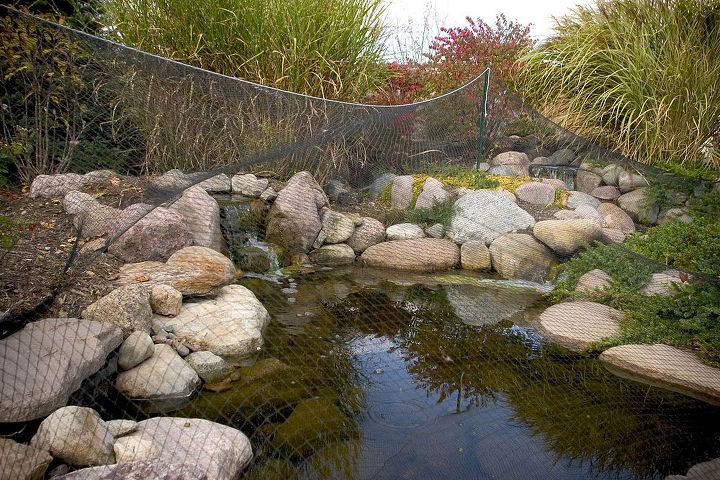
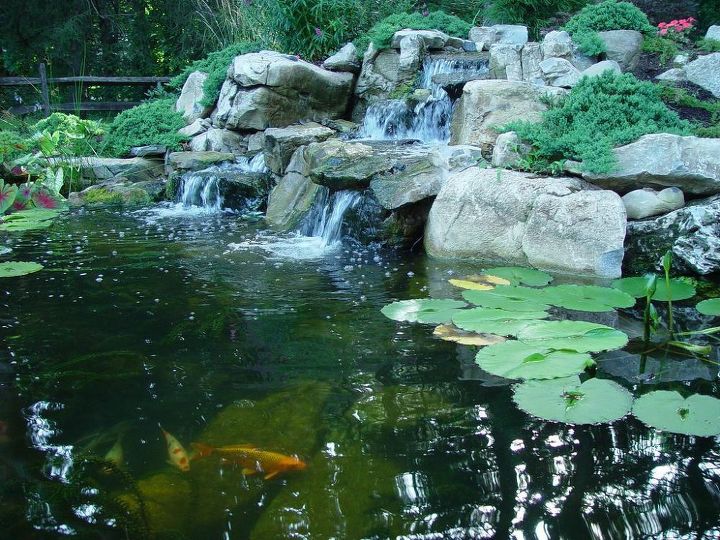



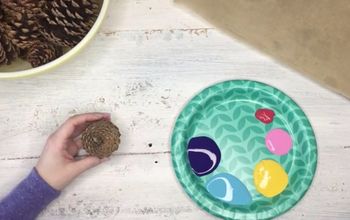
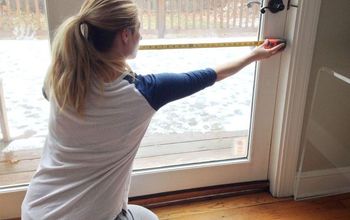





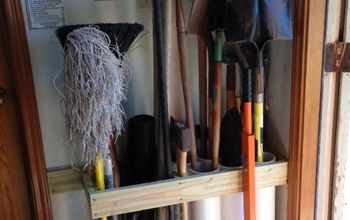
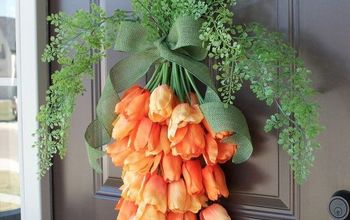










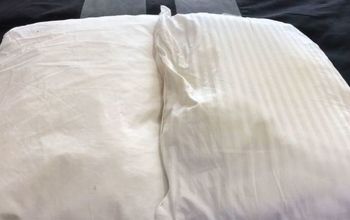
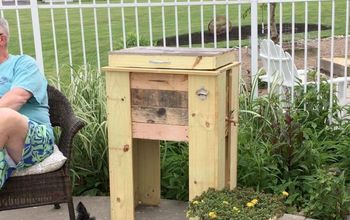


Frequently asked questions
Have a question about this project?